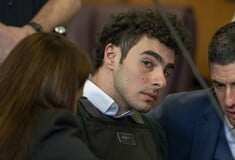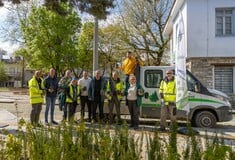Rashid Karami International Fair
Η λιβανέζικη ουτοπία
του 'Οσκαρ Νιμέγιερ
Cycles of Collapsing Progress
Η μεγάλη έκθεση σύγχρονης τέχνης στην Τρίπολη του Λιβάνου φέρνει στο προσκήνιο τη λιβανέζικη κληρονομιά του βραζιλιάνου αρχιτέκτονα 'Οσκαρ Νιμέγιερ αναβιώνοντας τους χώρους της ερειπωμένης Διεθνούς Έκθεσης Rachid Karamé που είχε αναλάβει να σχεδιάσει
*
Σε νάρκωση βρισκόταν εδώ και 25 χρόνια, από τότε που οι συριακές δυνάμεις εγκατέλειψαν την περιοχή στο τέλος του πολέμου του Λιβάνου. Η Διεθνής Έκθεση Rachid Karamé της Τρίπολης ξύπνησε στις 22 Σεπτεμβρίου χάρη σε μια μεγάλη έκθεση σύγχρονης τέχνης με τον προγραμματικό τίτλο "Cycles of Collapsing Progress" (Κύκλοι κατάρρευσης της προόδου). Αρχικά, το γιγάντιο αυτό συγκρότημα φιλοδοξούσε να γίνει μία διεθνής έκθεση φορέας ελπίδας, προόδου και οικονομικής αναγέννησης για τον Βορρά της χώρας. 'Ηταν αρχές δεκαετίας του '60, μία περίοδος που συνδέεται συνήθως με την χρυσή εποχή του Λιβάνου. Ο πρόεδρος Fouad Chéhab προσπαθούσε να σφυρηλατήσει μία σύγχρονη ταυτότητα για τη χώρα. Η 'Εκθεση, το σχεδιασμό της οποίας ανέθεσε στον βραζιλιάνο αρχιτέκτονα Oscar Niemeyer, έπρεπε να καταστεί ένα δυνατό σύμβολο.
Πάνω σε μία έκταση 1000 στρεμμάτων κοντά στη θάλασσα, ο αρχιτέκτονας της Μπραζίλια υλοποίησε μία πραγματική αστική ουτοπία. Στο πάρκο που θα διαμόρφωνε ο αρχιτέκτονας τοπίου Roberto Burle Marx και που εκτεινόταν γύρω από ένα τεράστιο "σκέπαστρο" σε σχήμα μπούμερανγκ που θα υποδεχόταν τα εθνικά περίπτερα, σχηματίστηκε ένα αρχιπέλαγος από κτήρια με οβάλ καμπύλες και κυματιστές γραμμές, αισθησιακά φουτουριστικές, που σχεδιάστηκαν για να στεγάσουν ένα υπαίθριο θέατρο, μία αίθουσα παραστάσεων, ένα ελικοδρόμιο, έναν ξενώνα, ένα μπόουλινγκ, την κατοικία του διευθυντή, τα διαμερίσματα των υπαλλήλων... Ένα όνειρο από μπετόν που ανοιγόταν στην πόλη και που ο δημιουργός του πίστευε ότι θα διαχεόταν και θα την συναντούσε κάποτε μέσα από μία οργανική συνέχεια.
Αλλά πνίγηκε εν τη γενέσει. Το ξέσπασμα του πολέμου, το 1975, ενώ τα κτήρια είχαν σχεδόν ολοκληρωθεί, το έπληξε θανάσιμα. Και έκτοτε, σ' αυτήν την ημιτελή κατάσταση, η 'Εκθεση βάδισε στο δρόμο του πεπρωμένου της ως ρομαντικό ερείπιο της νεωτερικότητας. 'Εχοντας μετατραπεί στον πόλεμο σε στρατιωτική βάση, δεν έπαψε, από τότε που σίγησαν τα όπλα, να εμπνέει μεγάλες ιδέες, και να οξύνει τις ορέξεις των εργολάβων. [...]
Isabelle Regnier
Le Monde (01.10.2018)
Μτφ. Σ.Σ.

ABOUT THE EXHIBITION
CURATORIAL STATEMENT
Through contemporary art, the run-down concrete structures of the Rashid Karami Fair, considered one of the most important legacies of modernist architecture in the Middle East, will be placed in dialogue with the citadel, a monument to layers of history. The two locations current states provoked reflections, in the context of the exhibition, on cyclical time and the cycles of collapse.
The notion of cyclical time, common to past civilizations, is now considered archaic, for according to Ro- manian intellectual Mircea Eliade, modern societies have a linear understanding of time. This contem- porary understanding considers progress as its only possible outcome and therefore does not take into account repeated cycles of collapse.
The contemplation of the cyclical life and death of civilisations can be traced back to the medieval Tunisian-born historian Ibn Khaldoun, who suggested that historical cycles function in a loop, starting as Umran Badaoui (bedouin civilisation) evolving into Umran Hadari (urban civilisation) before collapsing. Recent studies by American historian Joseph Tainter on the collapse of complex societies, such as the ancient Egyptians, Greeks and Mayans, show that there are several possible causes for their downfall, including natural disasters, wars, and epidemics. But one theory can be singled out. When a society becomes highly stratified, it is more likely to fall, as the cost of maintaining it is high.
In the post-modern world (although the sociologist Bruno Latour has suggested in the title of his book that 'we have never been modern') scientists affirm that since the beginning of the anthropocene era, our future decline will be caused by an impending ecological disaster due to global warming. If human beings, nature, and even history function cyclically, it's possible to think about the limits of progress and the costs that entails.
The exhibition presents 19 projects in total, including 10 commissioned artworks as well as 9 produced works by artists from Lebanon and Mexico. The meeting of these two scenes allows for the exchange of geographical perspectives on the theme. This project includes residencies in Beirut by Edgardo Aragon, Fritzia Irizar and Gabriel Rico at BAR-Beirut Art Residency, and in Guadalajara by Marwan Rechmaoui and Stephanie Saadé at PAOS GDL residency.
List of participating artists :
Rashid Karami International Fair:
Edgardo Aragon, Ali Cherri, Jose Davila, Lamia Joreige, Joana Hadjithomas & Khalil Joreige, Fritzia Irizar, Jorge Mendez Blake, Damian Ortega, Marwan Rechmaoui, Gabriel Rico, Stéphanie Saadé, Roy Samaha, Jalal Toufic, Zad Moultaka
Citadel of Tripoli:
Rayyane Tabet, Haig Aivazian, Emanuel Tovar, Pablo Davila

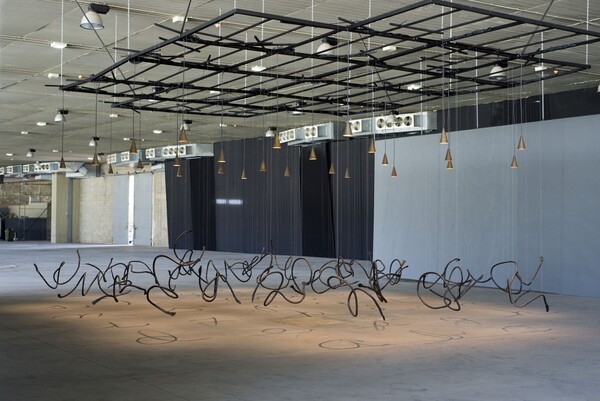
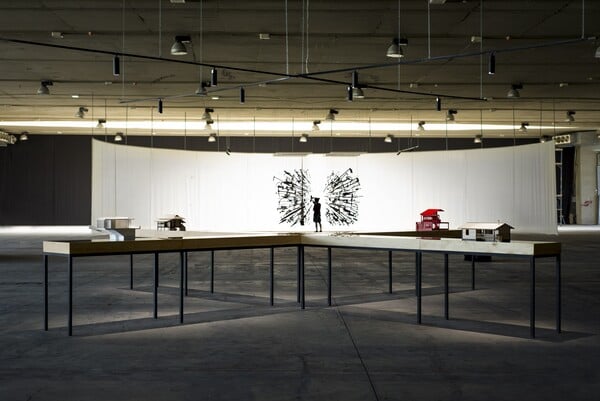
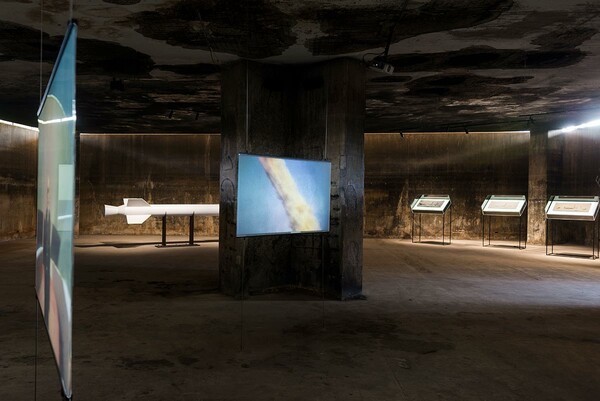

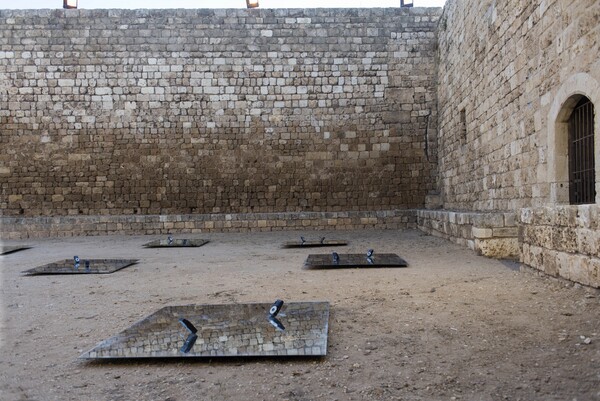
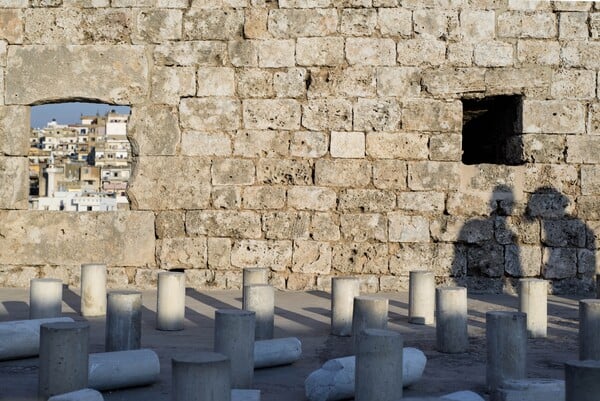
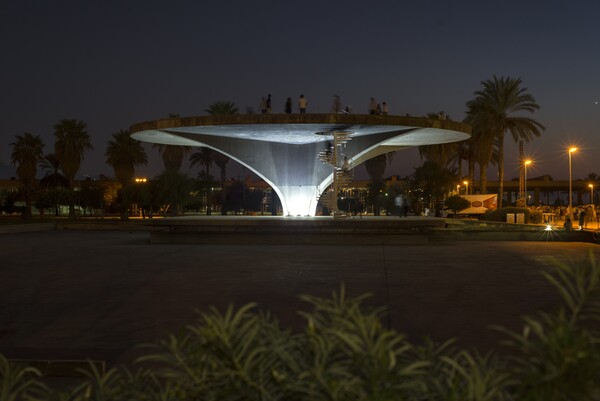
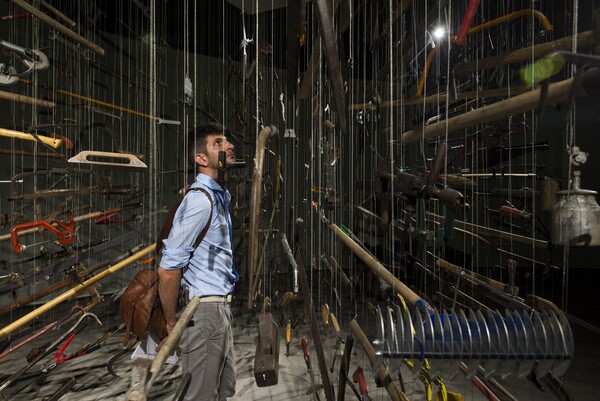
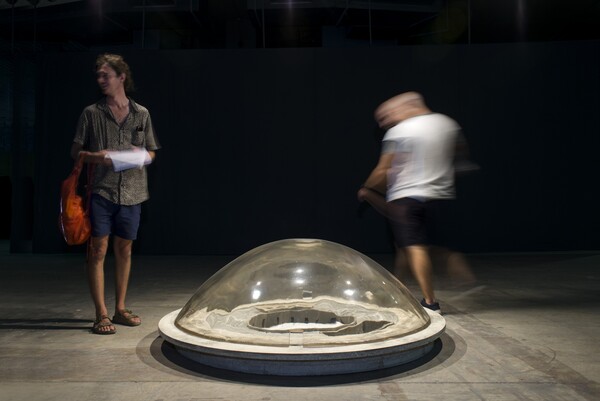

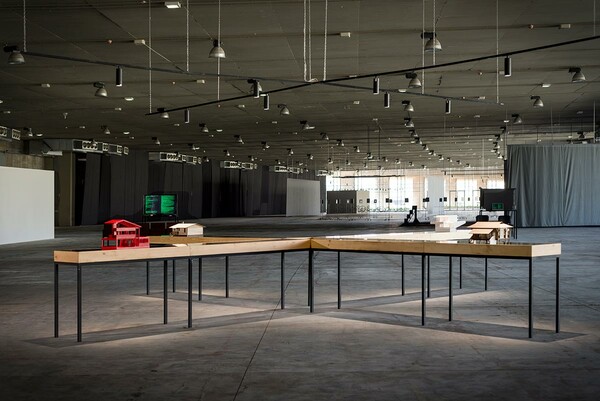
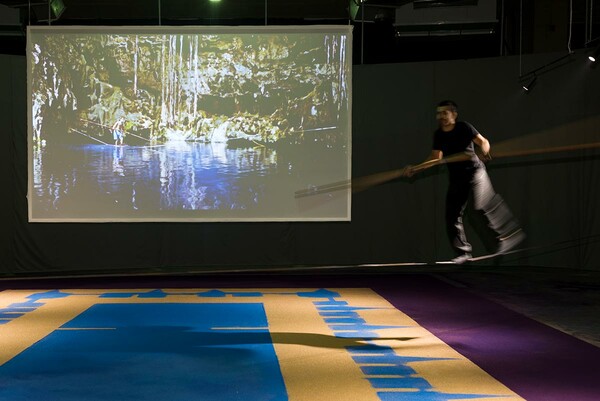
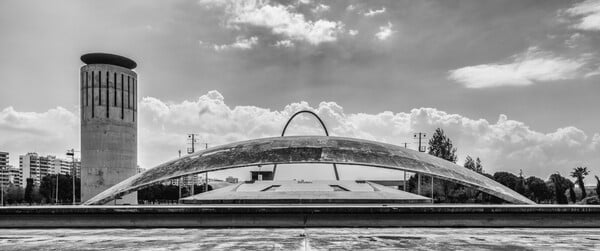
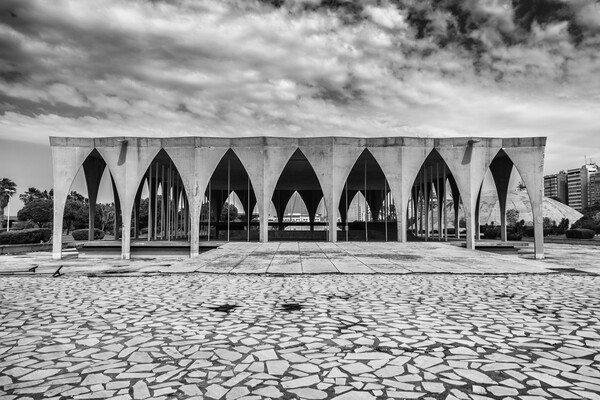
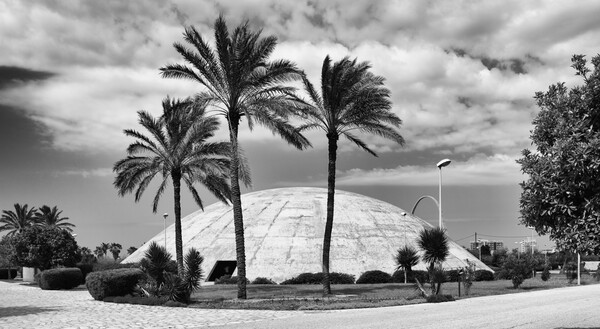

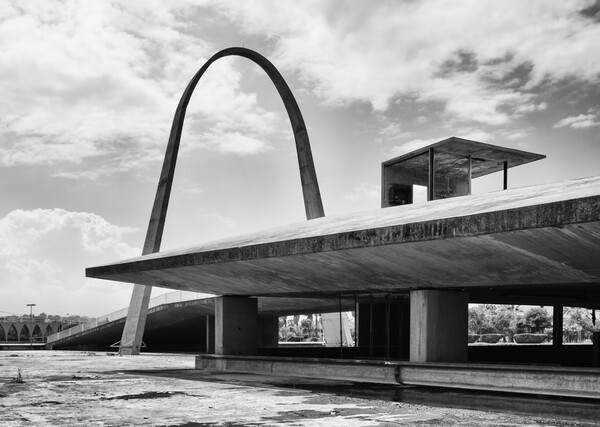
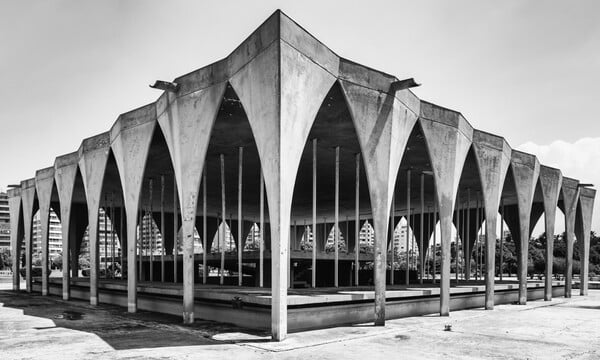
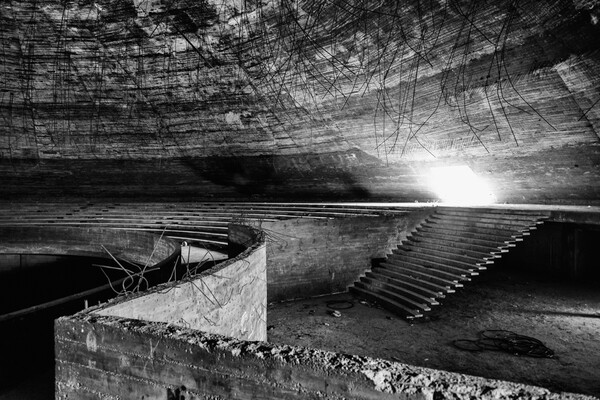
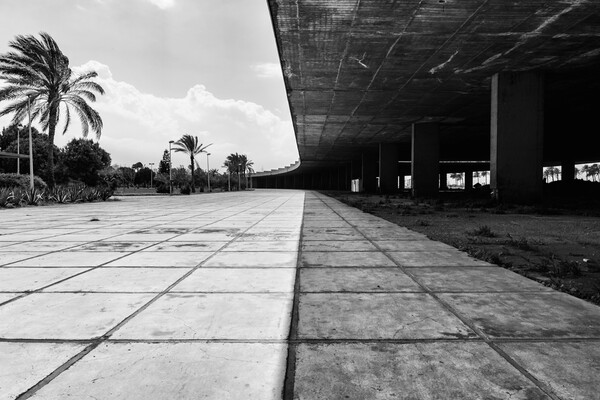
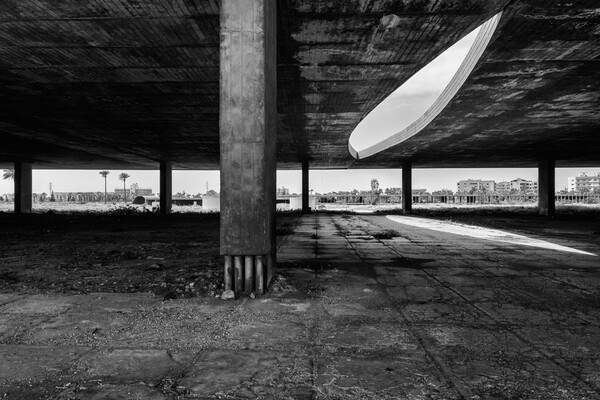
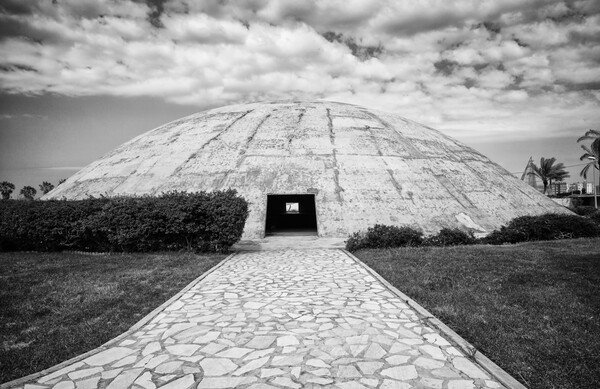
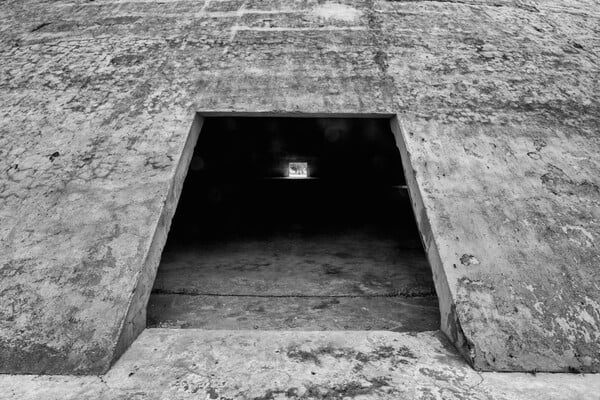
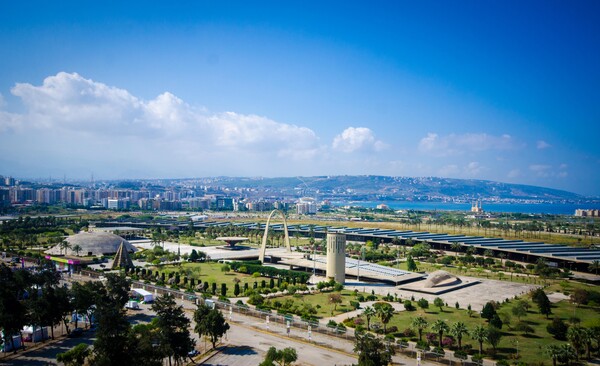



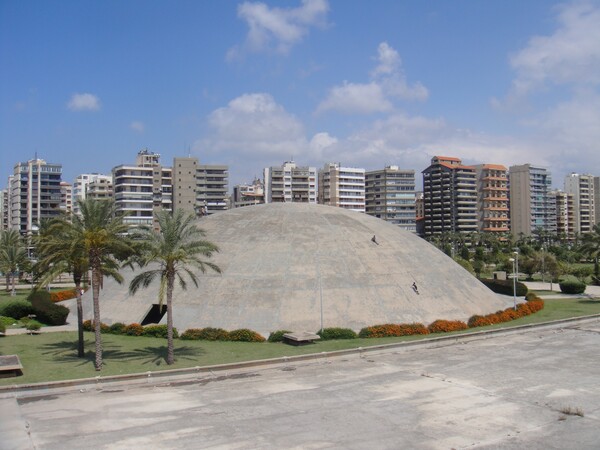
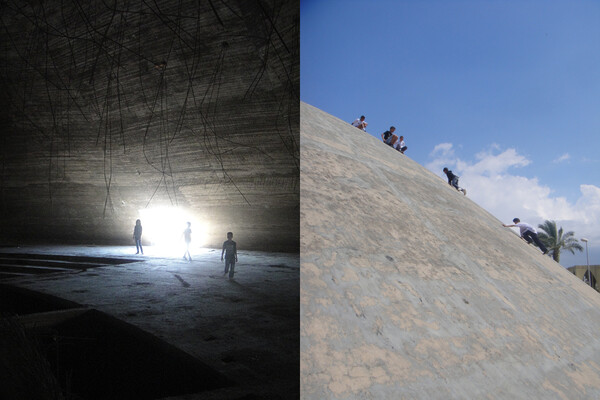

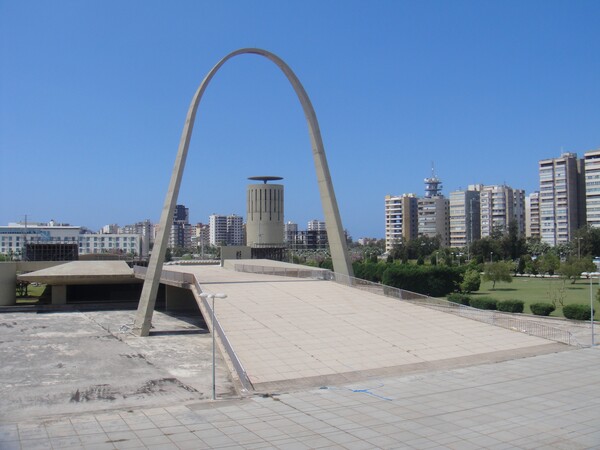
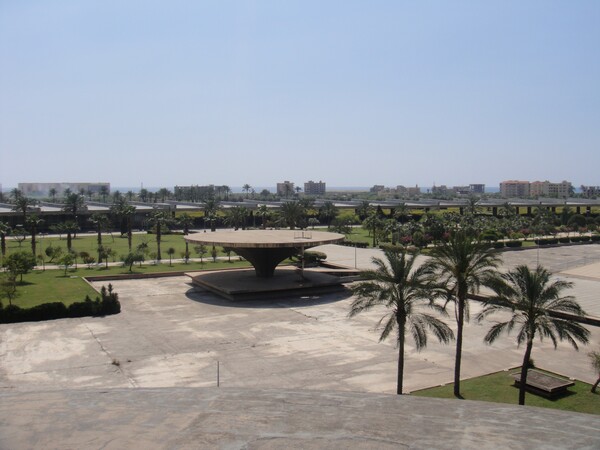

ABOUT BEIRUT MUSEUM OF ART- BEMA:
One of the most significant developments for Lebanese art and culture in a generation, BeMA: Beirut Museum of Art is a new museum set to launch in Beirut in 2023. Envisioned as a cultural hub highlighting modern and contemporary art from Lebanon and from the region, BeMA will encourage Lebanese artistic creation, while fostering dialogue and cross-cultural collaborations in the region and globally. In addition to housing an extensive collection of modern and contemporary works, the museum will also create opportunities for the production of new works through artist residencies, commissions and cultural partnerships. An independent institution, BeMA will be a site for discourse, creativity, academic research and public education, committed to engage with diverse communities and host cultural and educational programs in the service of building a committed civil society.
In the lead up to opening its doors, BeMA is already engaging audiences through a series of evolving programs, including a decade-long artist-in-residency program for the Lebanese public school system in partnership with the Lebanese Ministry of Education and Higher Education, the launch of new artist-in-residence program, a series of commissioned artist interventions, and a collaboration with community arts organizations across Lebanon.
ABOUT STUDIOCUR/ART:
Studiocur/art is a non-profit curatorial platform specialised in contemporary art and registered in Paris. Created by Franco-Lebanese curator, Karina El Helou in 2015, the platform produces exhibitions to create unique interactions between the artist and the public. The platform is not defined by geographical or cultural adherence, its mission is to combine artists' work with a school of critical thinkers, talented producers, architects and scenographers around the world. The platform has been developing the practice of bringing contemporary art to heritage buildings, moving away from the confines of today's white cube. The studio has also collaborated with institutions, museums, other non-profit platforms, curators, artists and residencies, in both the public and private domains.











